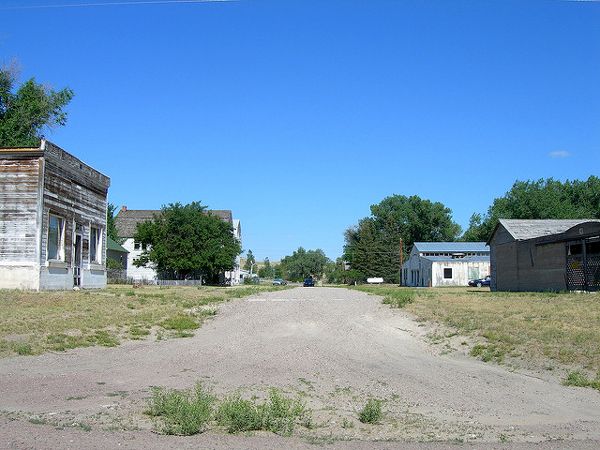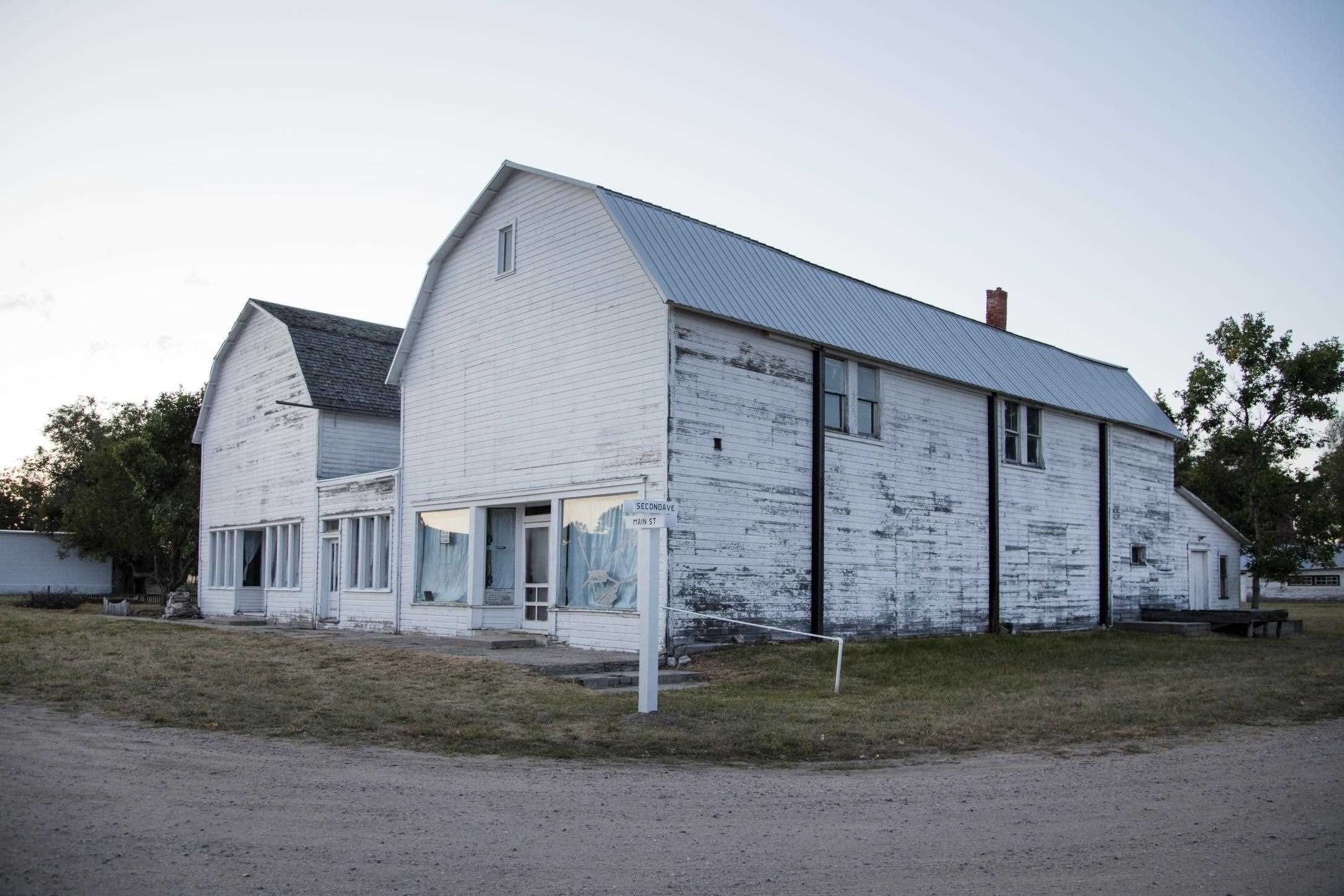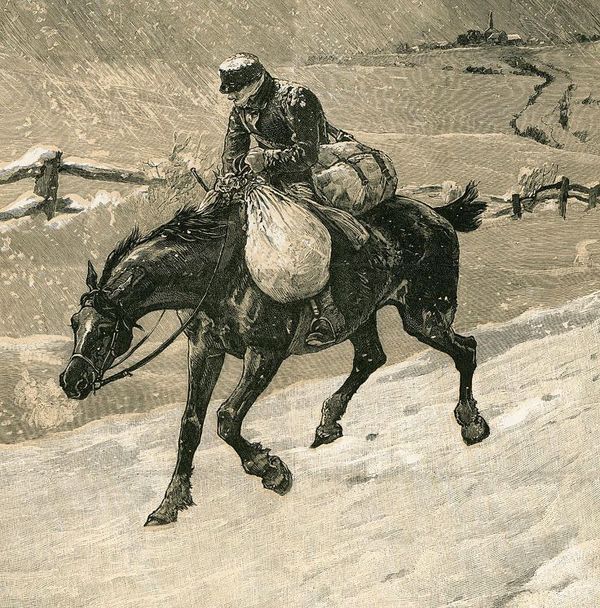
>
Whispers on the Wind: America’s Enduring Legends and the Soul of the Frontier
From the towering redwoods of California to the misty swamps of Louisiana, America pulses with a vibrant tapestry of legends. These aren’t just quaint folktales; they are the sinews of a nation’s identity, stories that echo the vastness of its landscapes, the audacity of its pioneers, and the enduring human quest for meaning, heroism, and the uncanny. In a land forged from disparate cultures and boundless horizons, legends serve as a collective memory, a moral compass, and a thrilling escape into the realm of the extraordinary.
The journalistic lens, typically focused on the concrete and verifiable, finds a fascinating challenge in these narratives. While not "news" in the conventional sense, legends are profoundly newsworthy in their cultural impact, their ability to shape perception, and their persistent relevance in a rapidly changing world. They are the unofficial history, often more revealing than the official records, about what a people values, fears, and dreams.

The Titans of Industry and Ingenuity: Shaping a Nation
America’s foundational legends often reflect the monumental task of taming a continent. These are tales of strength, resilience, and ingenuity – virtues celebrated in the nation’s formative years.
Paul Bunyan, the colossal lumberjack, and his blue ox, Babe, are perhaps the quintessential American tall tale. With strides that spanned valleys and an axe that cleared entire forests with a single swing, Bunyan embodies the larger-than-life spirit of American enterprise. His exploits, from carving out the Great Lakes to digging the Grand Canyon with his plow, are metaphors for the sheer scale of early American development and the boundless optimism that fueled it. He is a testament to the pioneering spirit, transforming raw wilderness into a land of opportunity.
Then there is Johnny Appleseed (John Chapman), a real historical figure whose life became imbued with myth. He wasn’t a giant of physical might, but of quiet perseverance and a deeply American spirit of individual contribution. Wandering across the Midwest planting apple seeds, he was a harbinger of civilization, ensuring future generations would have sustenance and beauty. His legend speaks to a profound connection to the land and the simple, yet powerful, act of planting for posterity.
And what of John Henry, the "steel-driving man"? His legend is a poignant and powerful narrative of human strength against the inexorable march of technology. Racing against a steam-powered drill to prove man’s superiority, Henry triumphs but dies in the effort, hammer in hand. This story, rooted in the harsh realities of railroad construction by African American laborers post-Civil War, is a tragic yet inspiring ode to human dignity, resistance, and the immense cost of progress. It speaks to the American struggle with industrialization and the valor found in the face of overwhelming odds.
The Wild West: Outlaws, Heroes, and Unbridled Freedom
The American West, a landscape of boundless promise and brutal reality, proved to be fertile ground for legends that blurred the lines between fact and fiction, hero and villain. These stories often reflect a yearning for freedom, a distrust of authority, and an admiration for those who lived by their own rules.
Jesse James, the notorious outlaw, became a folk hero to many, particularly in the post-Civil War South. His daring bank and train robberies, often depicted as acts of rebellion against corrupt institutions, cemented his place in the pantheon of Western legends. His story is a complex one, a mix of ruthless violence and perceived justice, illustrating the American fascination with the anti-hero, the individual who defies the system.

Billy the Kid (William H. Bonney), another infamous outlaw, lived a short, violent life that became instantly legendary. His youth, charm, and audacious escapes from justice captivated the public imagination. His legend encapsulates the untamed spirit of the frontier, a place where law was often fluid and a quick draw could define one’s destiny.
And then there’s Pecos Bill, the cowboy who rode a cyclone and used a rattlesnake as a lasso. Like Paul Bunyan, Bill is a purely mythic figure, an exaggeration of the cowboy ideal. His exploits embody the rugged individualism and can-do spirit of the American rancher, capable of anything the vast, challenging landscape threw at him. He represents the triumph of human will over the elements, a hyper-masculine ideal of the West.
The Unseen and Unexplained: Modern Legends and Cryptids
Even in the hyper-connected 21st century, the human hunger for the unknown persists, giving rise to new legends and cryptids that reflect contemporary anxieties and curiosities.
Bigfoot (Sasquatch), the elusive ape-like creature said to roam the Pacific Northwest forests, is perhaps the most famous modern American cryptid. Sightings, grainy photos, and anecdotal evidence fuel a legend that speaks to humanity’s desire for wildness, for something untamed and undiscovered in a world increasingly mapped and explored. Bigfoot embodies the lingering mystery of the wilderness.
The Mothman of Point Pleasant, West Virginia, a winged, red-eyed creature whose appearance supposedly preceded a bridge collapse, is a more recent addition to the pantheon. Its story, blending local folklore with real-world tragedy, highlights how legends can emerge from communal trauma and the search for meaning in inexplicable events.
These modern legends, while often dismissed by science, tap into a primal human need to believe in something beyond the mundane, to find wonder and terror in the fringes of our understanding.
Jay Em, Wyoming: Where Legends Linger
But while these grand narratives span continents and centuries, the true soul of American legend often resides in the quiet, unassuming corners of the nation. It’s in these places, seemingly forgotten by the rush of modern life, that the whispers of the past are most palpable, and the spirit of the frontier endures.
Deep in the vast, windswept plains of southeastern Wyoming, a tiny dot on the map persists: Jay Em. Blink, and you might miss it. With a population that hovers around a single digit, Jay Em isn’t a bustling metropolis, nor is it a tourist trap. It’s a testament to the stubborn persistence of American history, a living artifact of the Old West that refused to vanish.
Jay Em isn’t a legend in itself, but it is a living backdrop, a stage upon which countless unrecorded legends unfolded. Its name, derived from the ranch brand (J.E. Mauch) of an early settler, echoes a time when cattle drives shaped the land and individual brands were a mark of identity and ownership. The iconic Jay Em Historic Post Office and General Store, a sturdy brick building dating back to 1915, stands as a sentinel of time. Inside, you can almost hear the clinking spurs of cowboys, the rustle of settlers’ mail, and the hushed conversations about range wars, cattle prices, and the sheer grit it took to survive in this unforgiving landscape.
"You can feel the history here," says a passing traveler, pausing to photograph the weathered store. "It’s not just old buildings; it’s the air, the silence. You can imagine the stories."
Indeed, Jay Em represents the countless small towns that dotted the American frontier, each with its own local heroes, villains, strange occurrences, and fireside tales. It’s a place where the ghosts of cowboys and homesteaders still seem to ride the wind, where the vastness of the sky makes human endeavors feel both monumental and fleeting. It’s where the resilience of Johnny Appleseed’s spirit would have been tested daily, where the quiet determination of John Henry would have found kinship. It’s a place where the line between the real and the legendary is beautifully, almost imperceptibly, blurred.
Jay Em serves as a poignant reminder that the grand narratives of America are not just found in history books or folklore collections, but etched into the very landscape, in the silent testimony of places that time has largely forgotten. It’s in these remote outposts that the raw material of legend—the struggle, the solitude, the sheer force of will—is most profoundly felt.
The Enduring Power of Myth
Beyond their entertainment value, American legends serve profound cultural purposes. They are moral fables, teaching lessons about courage, perseverance, and the consequences of ambition. They are cultural glue, binding diverse populations with shared narratives and symbols. They provide a sense of continuity, connecting the present to a storied past.
In a journalistic sense, these legends are the enduring "headlines" of America’s soul. They report not on daily events, but on the timeless human condition, on the aspirations and fears that transcend generations. They are constantly being retold, reinterpreted, and sometimes even reshaped, reflecting new societal values and anxieties.
From the mythic giants who shaped the land to the humble, enduring spirit of places like Jay Em, Wyoming, America’s legends are more than just stories; they are the living, breathing essence of a nation. They are the whispers on the wind that remind us who we are, where we came from, and what we might yet become. And as long as there are vast skies, uncharted territories, and human hearts that yearn for meaning, the legends of America will continue to be told, evolving with each generation, forever weaving themselves into the fabric of the nation’s identity.


